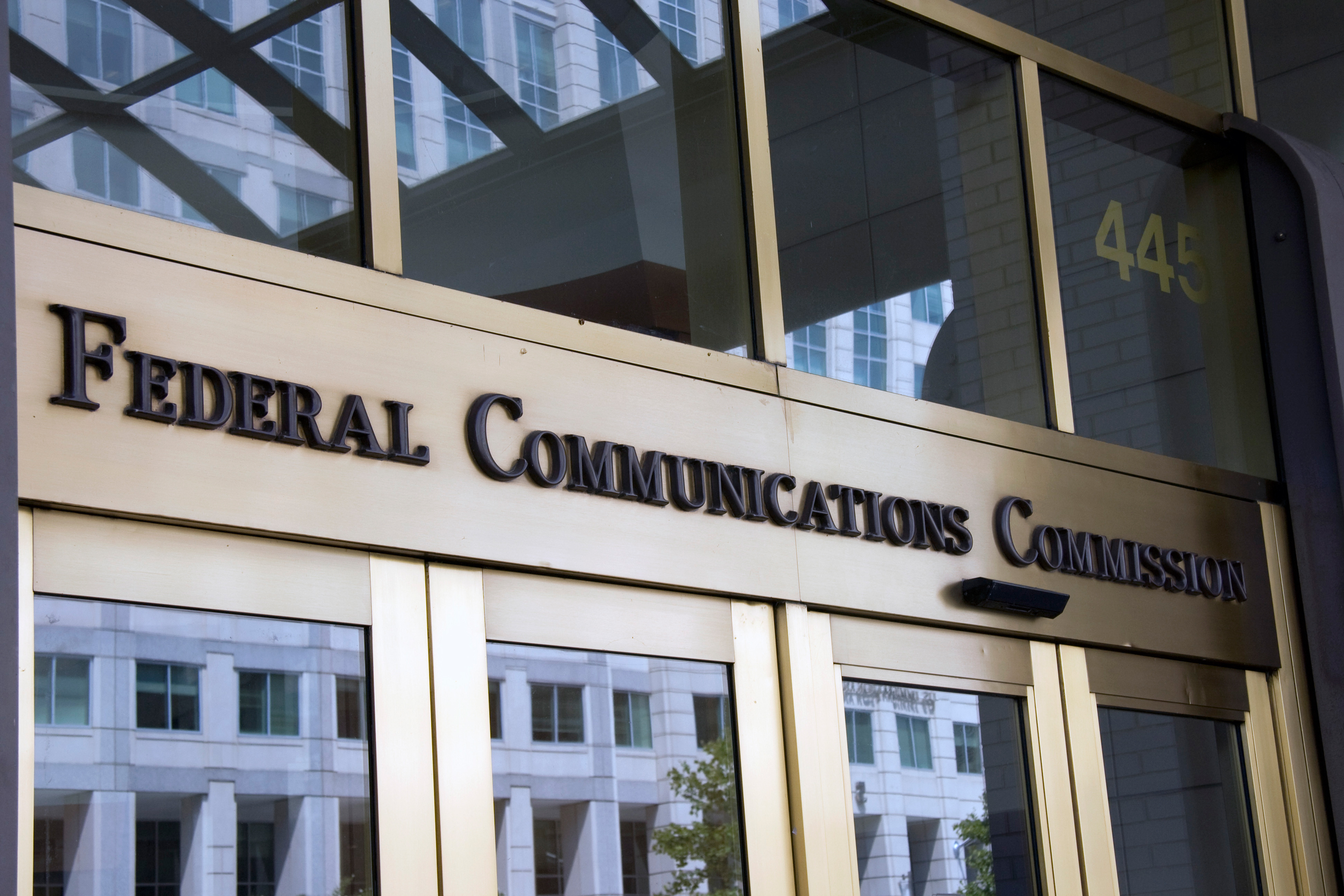FCC Sees Strong Bidding in Latest 28 GHz Auction Rounds

The FCC's 28 GHz (high-band) spectrum auction closed with a flurry Tuesday (Nov. 27), with the last two rounds coming in one and two, respectively, in terms of bid-total increases since the auction launched Nov. 14.
Round 20 bidding was up $12,873,180 to $209,255,270; round 21 was up $16,691,290 to $225,946,560; and round 22 bids increased by $15,701,780 to $241,648,340.
As of round 22, 2,496 licenses had provisional winning bids (PWBs) out of 3,027 available.
The FCC is looking for wireless carriers to boost their spectrum holdings as they prepare to roll out 5G service at speeds that should make wireless an undisputed full-fledged competitor to wired broadband.
There are 40 qualified bidders competing for the 28 GHz spectrum, including Verizon, AT&T and T-Mobile, but none of the major cable operators eyeing wireless plays—though Cox is signed up for the 24 GHz auction of spectrum for 5G, which has larger license sizes and which will begin as soon as the 28 GHz auction ends.
Related: FCC 28 GHz Auction Slows, Picks Up
The FCC concedes it has never pushed so much spectrum into the market at one time before, which could mean lower prices, but the point is to get the spectrum out there "fast." The high-band spectrum is also not as valuable as the low band broadcast spectrum that drew almost $20 billion in bids in the incentive auction.
Broadcasting & Cable Newsletter
The smarter way to stay on top of broadcasting and cable industry. Sign up below
According to Scott Bergman, senior VP of regulatory affairs for CTIA, which represents the major wireless carriers, the FCC's low opening bid minimums (an aggregate $40 million) were "less than two-tenths of one percent of the average minimum opening bid" in the broadcast incentive auction. He says that has principally to do with physics. Specifically, the difference between how the signals propagate.
"Airwaves in the high-band spectrum travel much shorter distances than low-band spectrum," he blogged in the run-up to the auction. "Given that high-band spectrum does not travel nearly as far as low-band spectrum, a much denser wireless network infrastructure is required. For example, a small cell using 28 GHz might serve less than three percent of the area of an urban macro cell using 600 MHz spectrum."
Then there is the fact that much of the 28 GHz band is already licensed.
Contributing editor John Eggerton has been an editor and/or writer on media regulation, legislation and policy for over four decades, including covering the FCC, FTC, Congress, the major media trade associations, and the federal courts. In addition to Multichannel News and Broadcasting + Cable, his work has appeared in Radio World, TV Technology, TV Fax, This Week in Consumer Electronics, Variety and the Encyclopedia Britannica.

